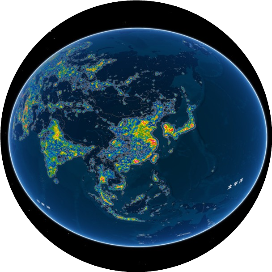Even though carbon inequality (CI) affects international climate negotiations and regional carbon emission reduction policies, a majority of countries ignore the individual sub-national-level CI and its important drivers (e.g., efficiency, technological change, investment, and industrialization). Thus, there is an urgent need to develop relevant carbon emission reduction policies that can incorporate the effects of these drivers. In this study, we investigated the drivers of CI in China at individual provincial and national levels, using a newly developed individual Gini decomposition approach and a proposed within-between production-theoretical decomposition-based Theil index; notably, the traditional Theil index approach has not significantly changed for decades, and our study is the first to modify the approach.
Our results revealed that the national CI presented a general downward trend from 2005 to 2019, wherein the individual between-group and within-group subcomponents portrayed nearly linear relationships in the west region. Notably, income disparity and energy intensity disparity were the two largest positive drivers, while the between-industrial investment-output share disparity and the investment scale disparity were the most important negative drivers of CI. Moreover, the scenario analysis indicated that CI will increase over the foreseeable short period under different combinations of shared socioeconomic pathway and low-carbon technology scenarios.















